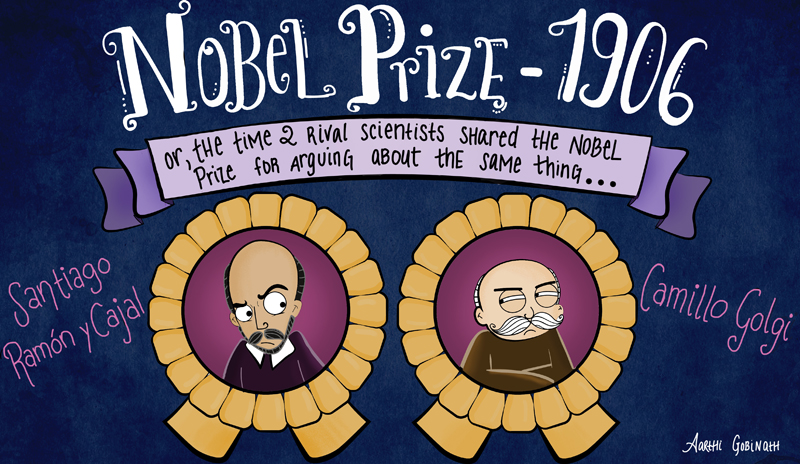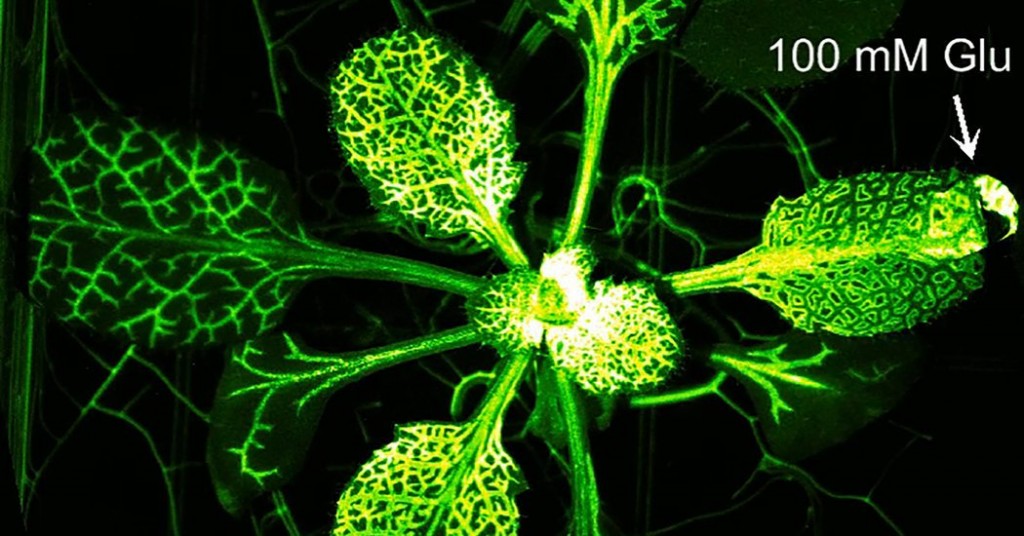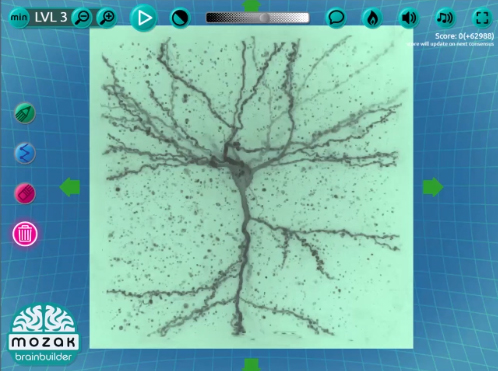Wednesday, 28 August 2019
Shifting Paradigms in the History of Neuroscience
 The development of a scientific discipline over time is often far from a linear sequence of events that build on each other logically. That can happen, of course. But philosophers of science, such as Thomas Kuhn, have clearly shown that “normal science” often operates under a dominant paradigm for an extended period, until enough “abnormal data” (i.e., data that contradict that paradigm) accumulate to lead to a scientific revolution, accompanied by a radical shift in that paradigm.
The development of a scientific discipline over time is often far from a linear sequence of events that build on each other logically. That can happen, of course. But philosophers of science, such as Thomas Kuhn, have clearly shown that “normal science” often operates under a dominant paradigm for an extended period, until enough “abnormal data” (i.e., data that contradict that paradigm) accumulate to lead to a scientific revolution, accompanied by a radical shift in that paradigm.
One of these revolutions, famous in history and entertainingly presented in the Neurohistory Cartoons Project, broke out when the 1906 Nobel Prize in Physiology/Medicine was awarded jointly to Italian scientist Camillo Golgi and Spanish scientist Santiago Ramón y Cajal. (more…)
From the Simple to the Complex | No comments
Wednesday, 7 August 2019
Study on Brain’s Reaction to Social Isolation Argues Against Its Use in Prisons

Why do people who have been intentionally isolated from their peers (for example, prison inmates who have been placed in “disciplinary isolation”) find this experience so completely dehumanizing? We all know that human beings have great needs for social contact. But are these needs so great that simply being deprived of such contact upsets our entire mental equilibrium? If a study published in the February 2016 issue of the journal Cell is to be believed, it would appear that social isolation does in fact lead to genuine impairments in brain function. (more…)
Mental Disorders | No comments
Monday, 8 July 2019
Power Weakens Cognitive Abilities To Bond with Other People

This week I’d like to tell you about an article that appeared in The Atlantic in August 2017 and that I’d never gotten around to telling you about before. It was called “Power Causes Brain Damage”, with the subtitle “How leaders lose mental capacities—most notably for reading other people—that were essential to their rise”. The article cites UC Berkeley psychologist Dacher Keltner, whose past work has included studies showing that rich people are more inconsiderate in various situations, such as taking turns with their vehicles at 4-way stops. Apparently, personal wealth provides a feeling of unlimited power that causes rich people to become detached from reality. This finding raises serious questions about the state of mind of the many wealthy people who are elected to represent the people as a whole. (more…)
Mental Disorders | No comments
Wednesday, 26 June 2019
A communication mechanism in plants that resembles the nervous system in animals

In September 2018, the journal Science published an article with the intriguing title “Nervous system-like signaling in plant defense”. This article describes the discovery of an internal signaling mechanism that some plants use when they are being attacked by plant-eating animals. This mechanism uses glutamate, an excitatory neurotransmitter that plays a well known role in the brains of mammals as well. In these plants, the glutamate molecules bind to a receptor similar to the glutamate receptor in the mammalian brain. By doing so, they increase the concentration of calcium circulating between the plant’s cells (made visible in this photo by means of a fluorescent protein), which warns the rest of the plant that one of its leaves is in the process of being eaten. In just a few minutes, according to this article, the plant activates defense mechanisms to protect its other leaves. (more…)
From the Simple to the Complex | No comments
Thursday, 18 April 2019
Online Game Advances Neuroscientific Research
 Five years ago, I wrote a post in this blog about a website called EyeWire, on which Dr. Sebastian Seung and his laboratory enlisted the help of the general public to colour the extensions (axons and dendrites) of neurons on various thin, sequential slices of nerve tissue. The lab then used the results to reconstruct each neuron in 3D on a computer. Today I want to tell you about the Mozak project, which has the same objective of reconstructing neurons in 3D. But where Dr. Seung’s EyeWire project dealt only with ganglion neurons in the retinas of mice, the Mozak project deals with neurons from various parts of the brains of various animals. (more…)
Five years ago, I wrote a post in this blog about a website called EyeWire, on which Dr. Sebastian Seung and his laboratory enlisted the help of the general public to colour the extensions (axons and dendrites) of neurons on various thin, sequential slices of nerve tissue. The lab then used the results to reconstruct each neuron in 3D on a computer. Today I want to tell you about the Mozak project, which has the same objective of reconstructing neurons in 3D. But where Dr. Seung’s EyeWire project dealt only with ganglion neurons in the retinas of mice, the Mozak project deals with neurons from various parts of the brains of various animals. (more…)
From the Simple to the Complex | No comments







